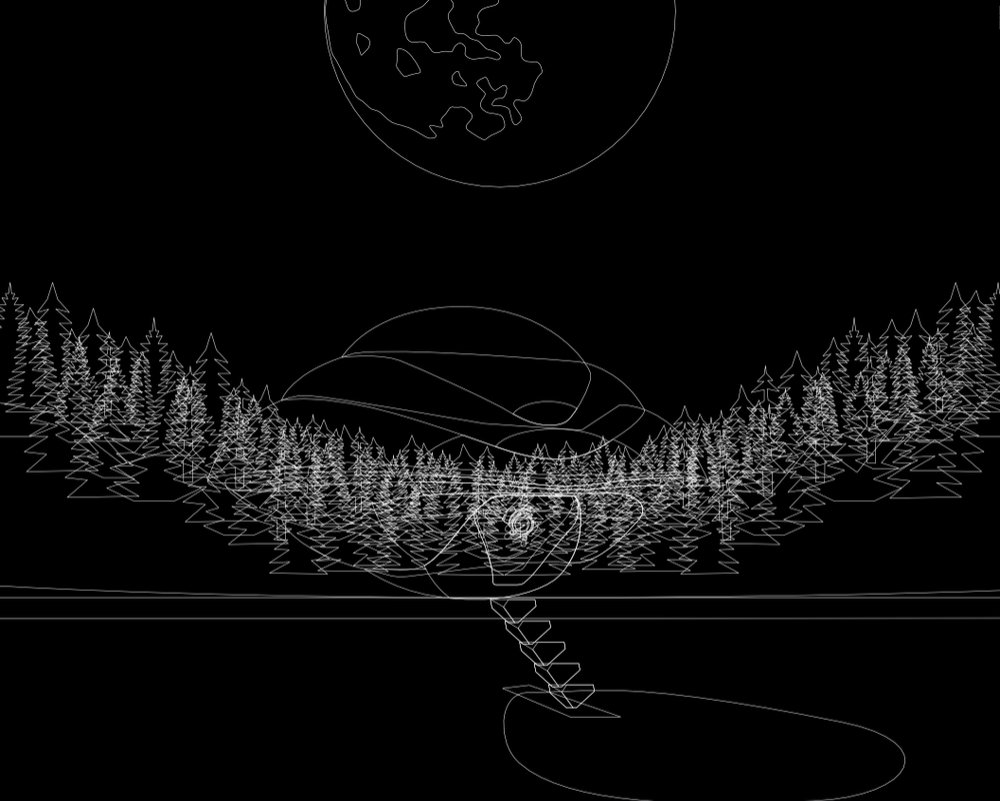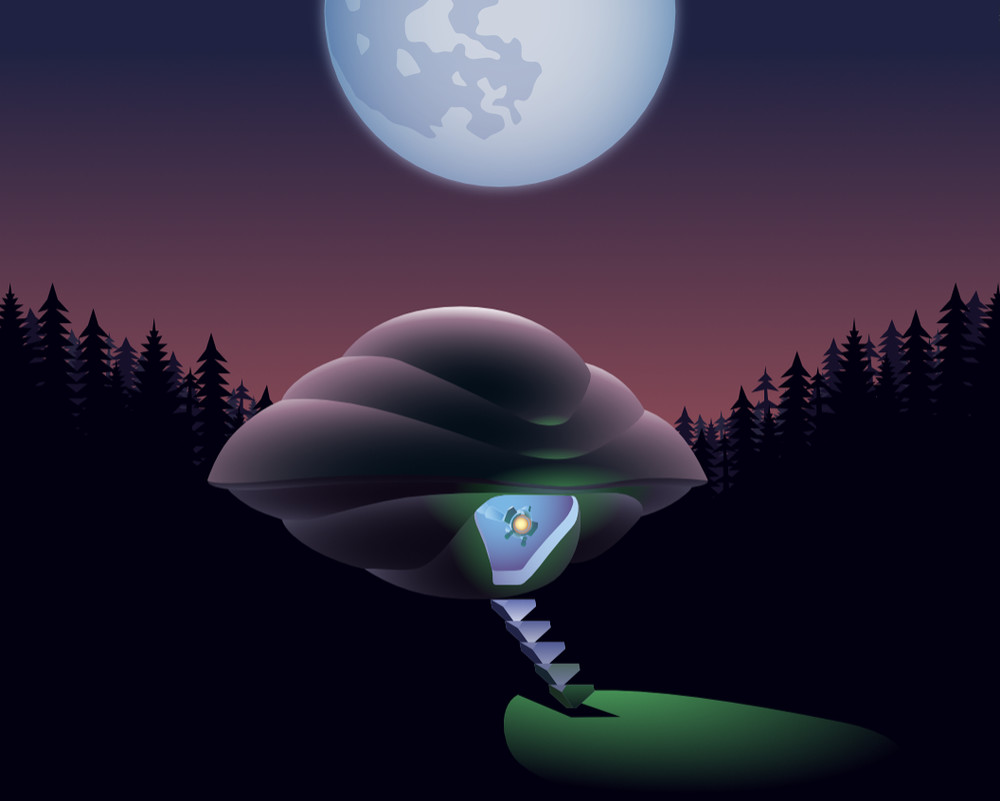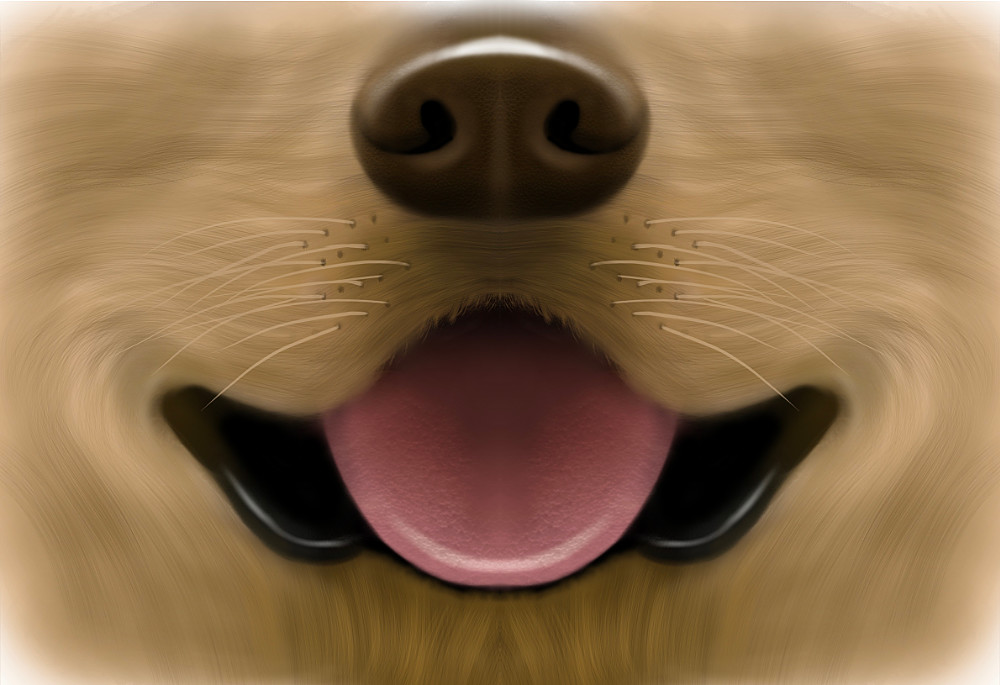Illustration
I’ve been a lover of art for as long as I can remember, and producing art in many different forms for well over 30 years now. During that time I have developed a very wide range of illustration skills ranging from vector drawn artwork to hand drawn images using an iPad.
Illustration can take many forms and styles. Whether you want a more precise and technical looking drawing or something that looks much more photorealistic, either way I’m sure I can help produce the image or graphic that you require. Perhaps you want the graphic or image to match a previous or existing style to maintain consistency with earlier images, this is also possible for me to do.
Digital image formats
There are 2 main types of digital illustration formats that are used today. These can of course be used together however they are each normally used for specific types of graphic which I hope the section below will explain.
Raster
A pixel based image will have a fixed pixel resolution size (eg. 1920px x 1080px) in which the illustration is produced in. The only real limitation to a raster image is its resolution, since it is these numbers that will determine the recommended final output size. Commercial printing methods for printed literature etc. normally require a resolution of 300dpi (dots per inch) meaning that for example an image with an output size of 5” x 4” (127 x 101.6mm) would need to have a resolution of 1500 x 1200px.
Pixel based images are most suitable for illustrations that need to look drawn or painted using traditional art tools, for that natural media look or for photorealism. See below for some examples of my raster illustrations.
Vector
Vector based images on the other hand use a combination of lines and filled or unfilled shapes that are controlled by handles on each vector point to produce either a straight line or a curve. Gradient fills and transparency effects can also be applied to each shape to provide further control over its appearance.
They are perfect for very technical drawings etc. but also the fact that they are resolution independent, which in laymen’s terms means it can be output at virtually any size with no loss of detail.
Vector based images are most suitable for illustrations that require a more digitally drawn look. See below for some examples of my vector illustrations.
Examples
Flight of the Navigator
This illustration was inspired by one of my favourite Sci-Fi movies when I was teenager. This is a great example of what kind of image can be produced by using vectors.
The forest in the distance is essentially just 3 different tree shapes duplicated many times, resized and recoloured to make some look more distant than others.
As you can see, the alien craft itself is made up of very few shapes, and the shading on the shiny metal is produced by using many types of gradient fill and transparency effects.
Labrador face masks (& more)
These 2 illustrations were the first pixel (raster) based images I made especially for use on face masks (during 2020), although they are also available on other products too.
Made entirely on my iPad using an apple pencil, which was a completely new experience for me at the time, but one that soon felt natural.
What’s the cost?
All prices exclude VAT
As with almost every other service that I provide, I can only provide an accurate quote when I fully know and understand the brief being given. I can however provide a few ballpark prices to give you a rough guide to how much my illustration service costs.
-
Plain coloured vector graphics from £30
-
Realistically shaded vector illustrations from £60
-
Raster illustrations using natural/digital media brush styles from £90
Once the brief has been received it will be priced depending on the amount of work and level of detail that is necessary. Higher quantity orders will usually receive substantial discounts.






